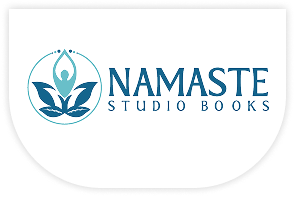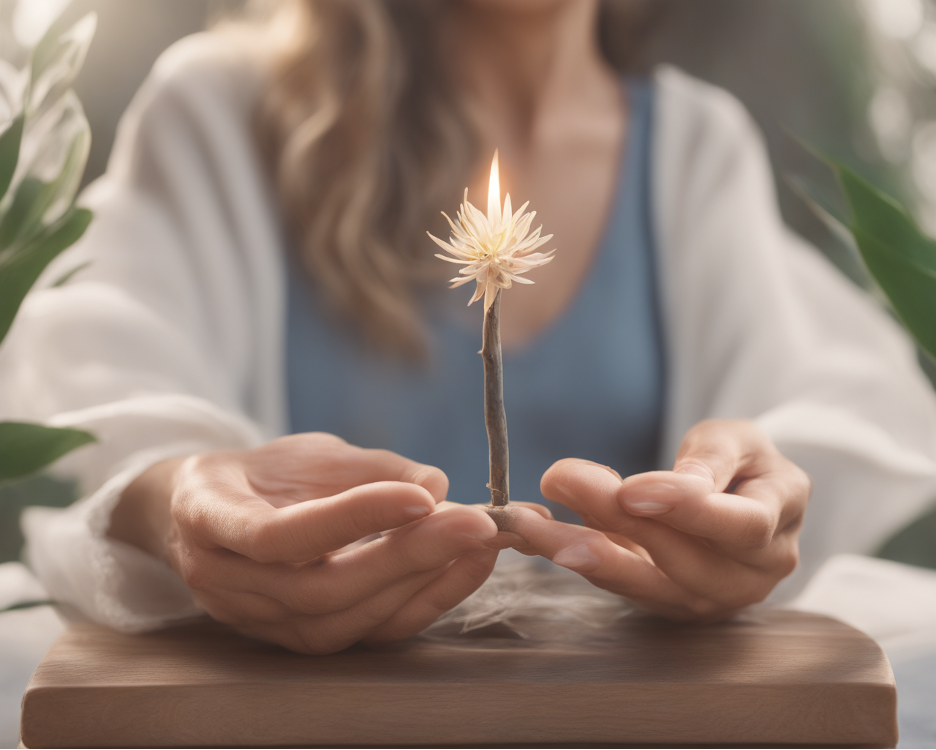Mastering Reiki Hand Positions: A Comprehensive Guide to Healing Techniques
By Dennis Bluthardt at Namaste Studios
Reiki is a Japanese energy healing modality that involves accessing universal life force energy to help with the body’s physical, emotional, and spiritual conditions. Practitioners maintain that they can do this to help with healing, stress relief, and other conditions. Instead of covering up the symptoms, this discipline aims to get to the root of the imbalance(s). This mantra is a common one seen across many complementary therapies.
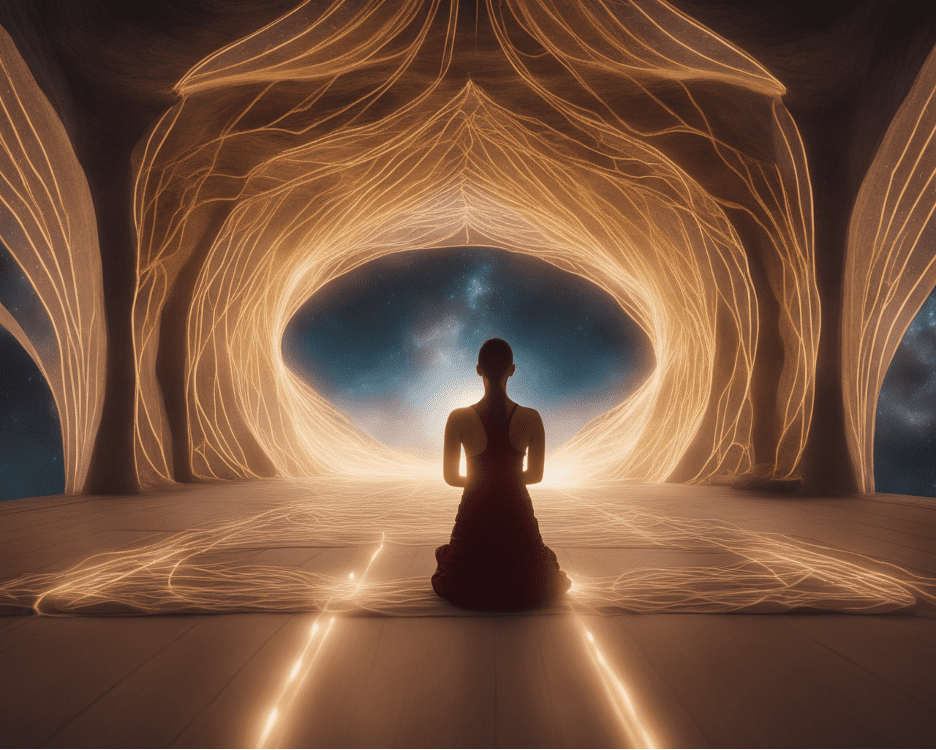
As you may imagine, practitioners use specific hand positions to perform Reiki. Each hand position is lined up with different energy centers in the body, known as chakras. As someone moves their hands around, they will line up with other areas of the body.
Knowing what the hand placements are can impact your session. Are they all going to be the same? No, different clients will have different needs. You must understand that different hand positions can be more effective. By understanding the right placements, you stand a much higher chance of better energy transfer.
Understanding Reiki and Its Principles
What? Reiki is a healing method from Japan in the early 1900s, following one of Mikao Usui’s self-realization. The word “Reiki” breaks down to mean something like “universally guided life force energy,” and that is precisely the premise. The technique is how one channels life force energy to others. It’s gotten harder to say what Reiki is beyond this because it now has a much more significant global presence and is often incorporated into all types of well-being and therapeutic practices.
How? A practitioner should rest their hands lightly on your body (or have them above). When they do this, a practitioner will pass energy (intention) into you, as explained above.
Additionally, I’ll add here that we must not ignore the transfer process. Setting an intention of relaxing with a gentle shoulder massage will offer a very different environment than setting a healing intention.
The Basics of Reiki Hand Positions
Reiki is a hands-on energy healing modality. During a session, a Reiki practitioner will use up to a dozen hand positions on or around the person being treated. Each hand position corresponds to a chakra and is used by the practitioner to regulate and speed up the flow of energy present in each chakra.
These hand positions help the practitioner manifest an intention in the person being treated’s body, mind, and spirit. Because the human body is designed to regulate itself, the fresher and healthier it is with life energy, the more it can manage its natural processes. Reiki magnificently plays with these processes and the transfer of universal health energy.
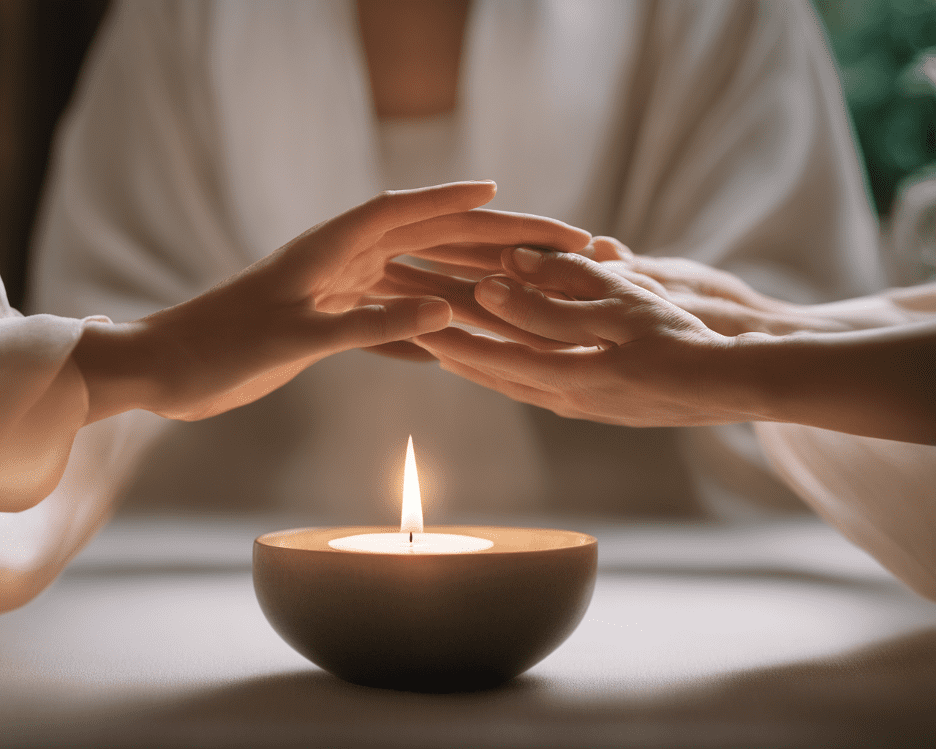
A Guide to Common Reiki Hand Positions
Reiki is a complementary, safe, and relatively simple energy-balancing method. It is a process often used to transfer healing energy (“life force energy” or “ki energy”) with your hands. The hand positions correlate to different parts of your body, relationally and energetically, along your chakras.
The first chakra, or the Crown Chakra, is traditionally at the top of the head. Practically, this is where you can achieve the most direct means of ascension, the closest alignment to your spiritual guides and angels. Lightworkers, healers, and those who have reached a high level of spiritual wisdom will engineer alignment flow and energy to this area to receive wisdom, insight, and other “downloads” of ascension.
Next, following the line of energetic centers, is your Third Eye Chakra, in the center of your forehead. The Third-Eye Chakra is the control center for both your mental and physical bodies. Simultaneously, all psychic abilities are controlled and/or steered by this center. Hence, it’s vital to keep the energy in this area balanced to continue the development of your psychic skills and to keep the energy flowing to your other chakras.
Continue down the line, and you’ll reach your Throat Chakra. All forms of communication (in the real world) fail if this area has energy blockages. If you can’t communicate, you can’t teach. And if you can’t teach, healing processes and techniques can’t continue to gain ground in hospitals, with healthcare providers, or in the real world. Many individuals with emotional blocks that crimp their creativity also demonstrate sick or inadequate energy in this area.
Everyone knows the dangers of leading with (or following!) your heart. This chakra, the Heart Chakra, centers all forms of love, be it self-love and/or (more divine) holistic love, and is controlled/viewed at your chest /lips. Practically, this chakra holds space for energy surrounding (and releasing the intensity of) your fiercest emotions and, more likely than not, your fear (or lack!) of love, relationship repair work, and intention setting.
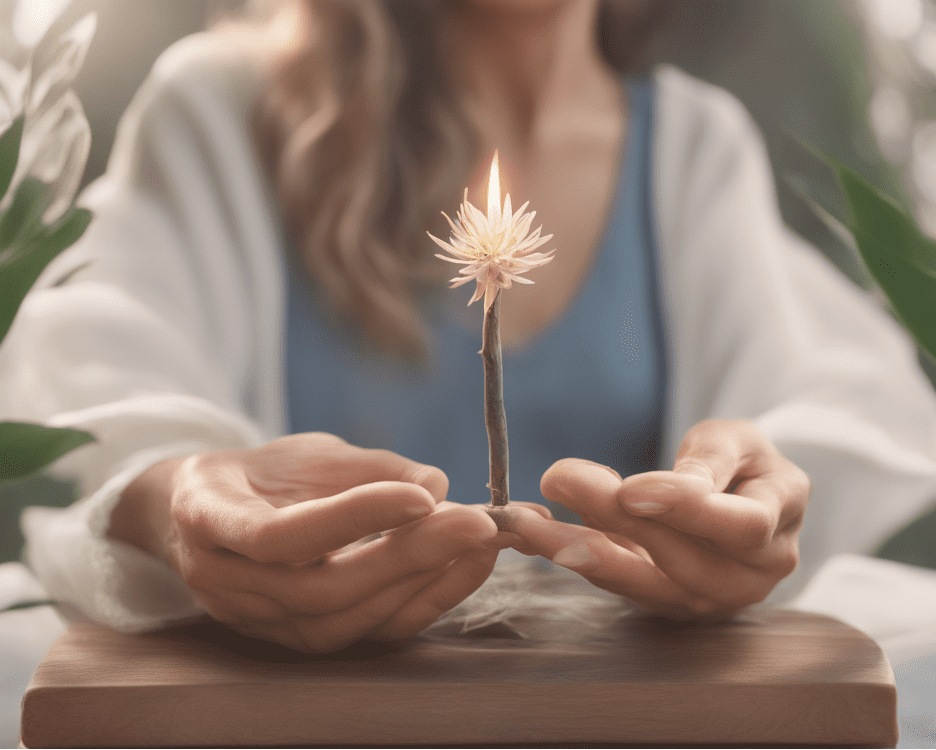
Step-by-Step Tutorial on Reiki Hand Placement
Reiki is all about the hands. It’s a holistic practice incorporating the hands to encourage subtle energy to flow from the palm and facilitate relaxation and healing.
Knowing what to do with your hands is one of the fundamentals when starting your Reiki journey. Your start-off point is very relaxed, where your hands are placed gently around or on the body, and the magic begins.
Each pair of hand positions you place your hands within will associate with your primary energy centers or chakras.
Here are some healing hand positions: crown or top of the head chakra, third eye or forehead chakra, heart or chest chakra, root or lower belly chakra.
More advanced positions use unique symbols to help guide traditional hand positions: sacral chakra, solar plexus chakra, and sacral chakra.
Once your hands are gently placed onto your energy centers, you activate each chakra to shift and guide your energy.
Here is how you will start your successive hand positions:
- Position #1: Crown Chakra
- Position #2: Third Eye Chakra
- Position #3: Heart Chakra
The Benefits of Using Reiki Hand Positions
Hand positions are essential for many reasons in Reiki, a type of holistic healing. The hands channel energy, and how they are placed helps to direct that energy to where it’s needed most. When practicing Reiki, hands and energy work together synergistically. These hand placements make the entire experience much more pleasant for the clients (and the practitioner), as each placement aligns with the different chakras (energy centers in the body). This means that the practitioner can focus on those areas that are unbalanced (or “broken”) to elevate the healing experience. Clients will be prone to thinking more during these times, ultimately benefiting their healing journey.
Here are a few things that clients have mentioned after their practitioner performed these hand placements on them:
- “After the practitioner’s hands were placed on my heart chakra, I started to feel very loving and compassionate toward myself and others.”
- “When the hands went directly over my solar plexus, I started to feel very anxious, which has been a pattern after it happened a few times. After each of these sessions, I noticed that my anxiety reduced drastically. It almost felt as though my anxiety was being rearranged. Is it the practitioner’s hand placements, or is it Reiki? I don’t know, but it’s working either way.”
- (All of this may wander your mind the next time your practitioner places their hands in a new spot. Don’t fight it! Let it wander.) Should you decide to do multiple sessions to work on these specific problem areas, you will notice a difference when the hands are placed on unhealed areas (each one!!!!).
So! They are also great marketing tools. But good luck getting people to believe in it.
“It is a leap of faith.”
“Embrace the plunge.”
Practicing Reiki Hand Positions
Integrating the Reiki hand positions into your life can transform physical and emotional health. Try doing a mini self-healing session when you first wake up or just before you go to sleep. You could find a restful place in nature for a picnic or retreat to your bedroom or sitting room in the evening, and with three to four minutes spent channeling energy into just one or two places, you will soon begin developing yourself. A good starting point might be your heart (for emotional issues), solar plexus, and abdomen (digestive problems).
Stick to it once you have found a routine and timing structure that suits you. In keeping the same daily practice, you know that even the act of just 5 or 10 minutes on most days will, eventually, do you good. If you have a half-hour once a day, perhaps 20 minutes of hot basalt-stone-bathing and meditation, finish this with just five or ten minutes on a hand position, and do this in a therapy pool, your practice will also become a joy.
Technique comes with solid, consistent, and repetitious practice. So, in the beginning (of your course and with your spiritual, self-help, or healing journey), try to do your Reiki hand positions every day. Infuse one hand position into a daily meditation practice or perform the hand positions in a relaxed or semi-hypnotic bathed-salt state! In doing so, you’ve immediately overcome the most significant barriers to successful deep healing (so congratulations to you). Very soon, you’ll find that energy begins flowing into your body.
Reiki hand positions are vital to enhancing our practice because they direct the energy to a specific body area to target an issue. Each position can affect a different physical, emotional, or spiritual problem, allowing us to help our energy receivers (clients) more effectively. These positions can help us facilitate healing better suited to the receiver’s direct needs. It is an element of Reiki that can heighten our connection to the gift of energy and enable us to provide more potent healing effects. Understanding placements is an essential part of Reiki training.
Becoming advanced in technique comes from exploring different positions. Exploring and experimenting with different positions can enable us to experience a new type of personal growth when we have a deeper relationship with this practice. Transitioning our techniques can lead us to self-discovery and an increased understanding of our chakras and internal/external energies. Being open to learning new positions and being available to transition in healing can keep our receiver universal to new opportunities for growth.
Have you seen a noticeable difference in your practice using different hand positions? Share in the comments below! If you want more advanced techniques to add to your practice, consider a Reiki Guide to mentor you. I recommend seeking Reiki training from Namaste Studios!
To learn more, visit Reiki at Namaste Studios to book a Reiki session. Additionally, you can find more of our Reiki Blogs here.
You can also get a copy of your 2025 New Moon Journal at Amazon here.
Bonus for blog readers: Interested in learning how AI automation can transform your Reiki Business? Click here to register for a FREE WEBINAR that can change your life!
